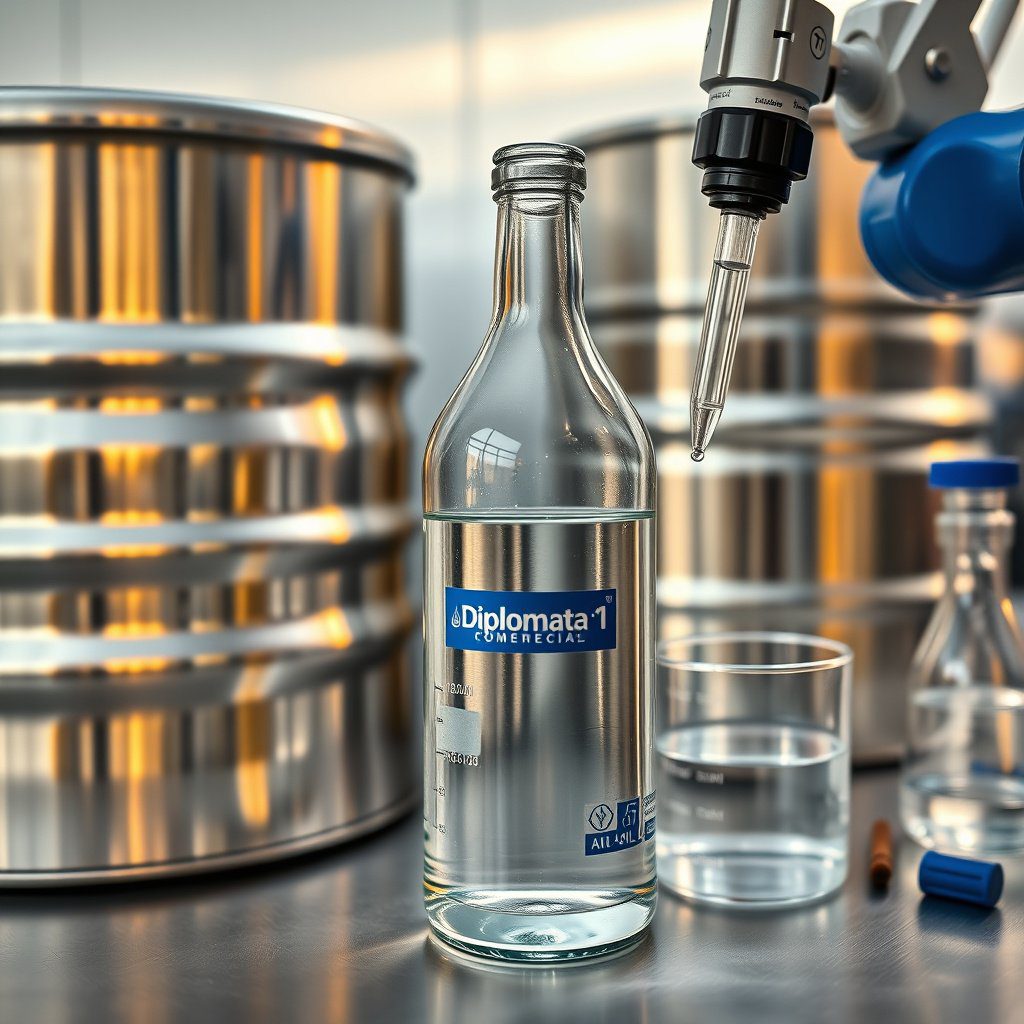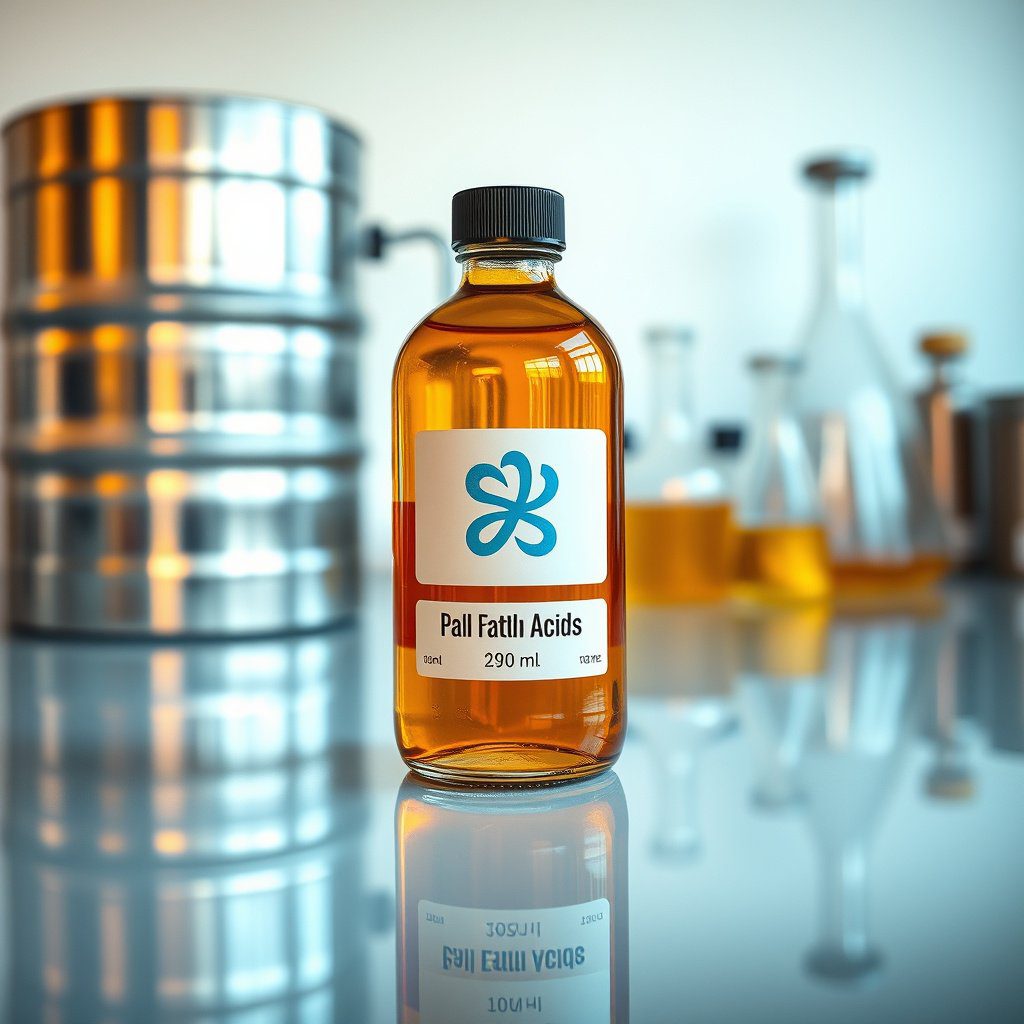Understanding Palm Oil Processing
Palm oil processing refers to the various methods employed to extract oil from the fruit of the oil palm tree (Elaeis guineensis). This process typically involves several stages, including harvesting, sterilization, and pressing, which are essential to ensure the quality and yield of the oil. The extraction process is crucial for the production of different grades of palm oil, including crude, bleached, and refined grades, each serving various industrial applications.
The Harvesting Process
The initial step in palm oil processing is harvesting the ripe fruit clusters from the oil palm trees. Skilled workers use machetes to cut down the fruit bunches, ensuring minimal damage to the tree and maximizing the yield. It is vital that the fruit is harvested at the right time to achieve optimal oil content and quality. The harvested fruit is then transported to processing facilities for further handling.
Sterilization and Threshing
Once at the processing facility, the fruit undergoes sterilization, typically using high-pressure steam. This step helps to deactivate enzymes that can lead to oil degradation and facilitates the separation of the fruit from the bunches during threshing. Threshing is the process of removing the fruit from the bunches, which is a critical step in preparing the fruit for oil extraction.
Oil Extraction Methods
There are two primary methods of oil extraction in palm oil processing: mechanical pressing and solvent extraction. Mechanical pressing involves crushing the fruit to release the oil, while solvent extraction uses chemical solvents to dissolve the oil. The choice of method can significantly influence the quality and grade of the final product, making it essential for producers to select the appropriate technique based on the desired oil specifications.
Crude Palm Oil Production
Crude palm oil (CPO) is the initial product obtained from the extraction process. It contains impurities and requires further refining to meet food safety and quality standards. CPO is widely used in food products, personal care items, and industrial applications due to its versatility and high oxidative stability. DIPLOMATA specializes in supplying high-quality crude palm oil for various market needs.
Refining Process
The refining of crude palm oil involves several steps, including degumming, neutralization, bleaching, and deodorization. The refining process is crucial in removing impurities, free fatty acids, and unwanted color, resulting in a product that is suitable for consumption and industrial use. This process produces refined palm oil, which is favored for its light color and neutral flavor, making it ideal for cooking and food manufacturing.
Bleached Palm Oil
Bleached palm oil is another grade produced through the refining process, where the oil is treated to remove color pigments. This step enhances the oil’s aesthetic appeal and further purifies it for use in food products. Bleached palm oil retains much of the nutritional value of crude oil while offering a cleaner appearance and taste, making it a popular choice among manufacturers in the food industry.
Quality Assurance in Palm Oil Processing
Quality assurance is paramount in palm oil processing to ensure that the final products meet international standards. DIPLOMATA employs stringent quality control measures throughout the processing stages, from harvesting to refining, to guarantee that its crude, bleached, and refined palm oil grades are of the highest quality. This commitment to quality establishes DIPLOMATA as a trusted supplier in the U.S. market.
Distribution of Palm Oil Grades
DIPLOMATA is dedicated to the distribution of palm oil grades, including crude, bleached, and refined, across the U.S. market. With a robust supply chain and nationwide coverage, DIPLOMATA ensures timely delivery and competitive pricing for its products. This extensive distribution network positions DIPLOMATA as a leading Brazilian supplier of palm oil, catering to diverse industry needs.


